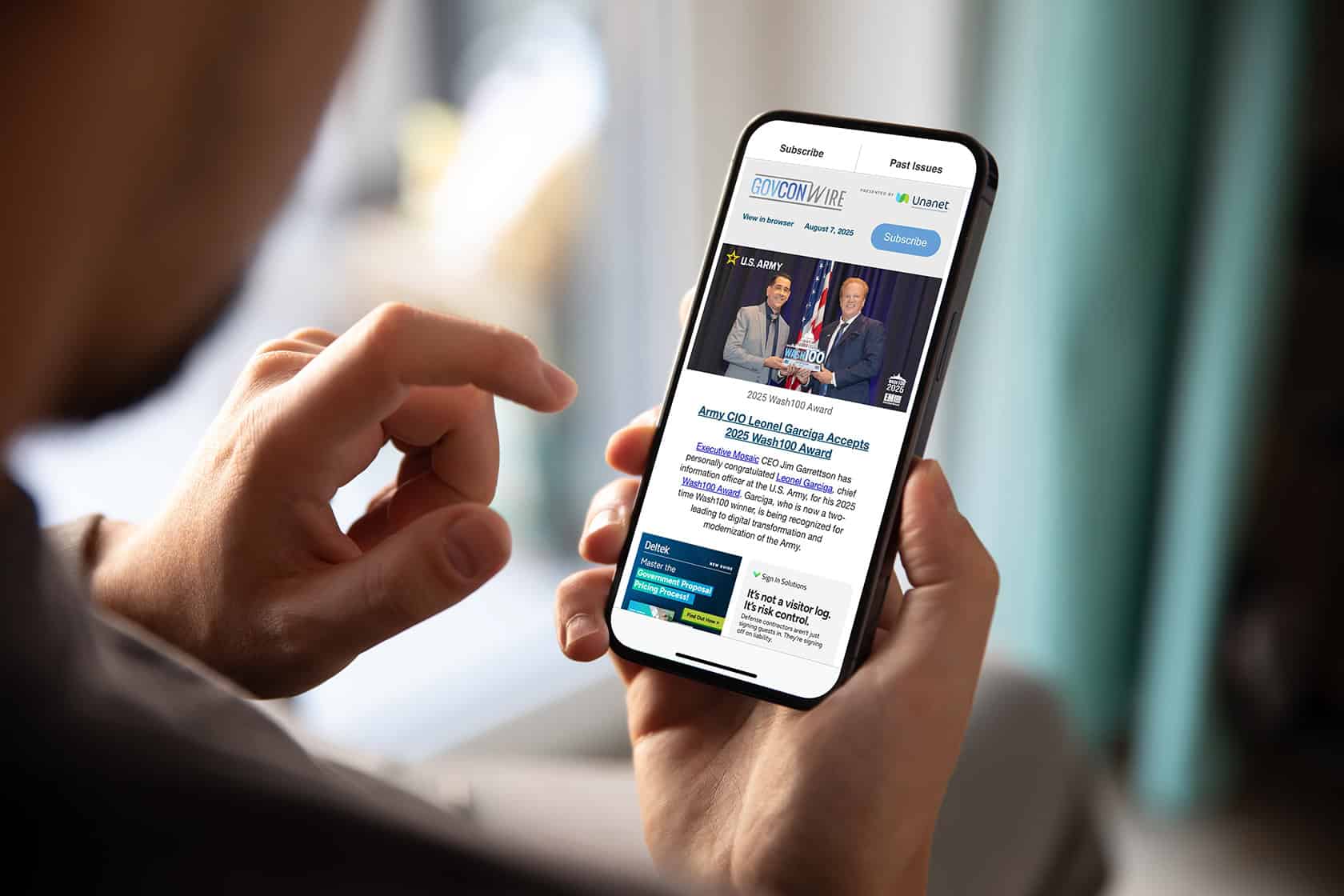Christopher Pohle, founder and CEO of Capture2Proposal, has published his first article as a part of Executive Mosaic’s GovCon Expert program on Thursday.
In his first article, GovCon Expert Christopher Pohle discussed the key strategies for driving contract award wins in the government contracting (GovCon) sector, including managing your opportunity pipeline, determining your probability of winning, documenting key information, pricing competitively and finding the right partnerships.
You can read Christopher Pohle’s first GovCon Expert article below:
Key Strategies to Driving Government Contracting Wins
By GovCon Expert Christopher Pohle
Research shows that the top challenge for Business Development (BD) teams is a lack of adequate resources to find and pursue opportunities. This is especially true for small and medium-sized businesses. In order to best prepare your organization for growth through new contract wins, Govcons should follow these five key strategies to keep teams aligned.
Key #1 – Managing Your Opportunity Pipeline, including decision gate reviews
Establishing visibility of your business development efforts through a single pipeline is essential so that you can monitor and compare opportunities being pursued throughout the capture life cycle. Make the effort to maintain an accurate and up-to-date Opportunity Pipeline with the right cadence for your business. This is crucial to keep your organization on track while juggling multiple opportunities.
Within your opportunity pipeline, it’s important to conduct decision gate reviews to understand when to make investment decisions. The goal of gate reviews is to have a consistent process to go through your pipeline and identify which opportunities are not the best use of your time, hone in on the opportunities that look good but need more research, and, essentially, which opportunities you want to commit your resources to and bid on.
Key #2 – Fully Assessing the Probability of Win (PWin)
While conducting gate reviews, it’s important to consider your organization’s Probability of Win (PWin), which calculates likelihood of success for contract opportunities based on a standardized evaluation format. PWin assessments should be supported by industry best practices and a structured questionnaire in categories such as Competition Evaluation, Customer Desire for Competition, Customer Relationship, Management Capabilities, Positioning, Price-to-Win, and Technical Capabilities.
If a PWin value is low relative to other opportunities, understand why, and determine whether you should walk away or set conditions for the next gate review decision.
Key #3 – Identifying and Documenting Key Information
Once an opportunity is identified as a good fit for your organization, it is essential to talk to the contracting officer or program manager. They can serve as the primary conduit to get face time with the Program Manager.
You need to understand the project priorities directly from the customer. This will be important in identifying any gaps plus the discriminators, strengths and proof points in your solution, along with win themes that need to be communicated to the proposal team.
It is also key to get insight on whether the customer actually wants competition since not all agencies are willing to replace the incumbent. Your goal during this meeting is to learn more about the program’s wants and needs outside of what is written or shared in the opportunity announcement and industry day events. It is also critical to begin identifying the evaluation committee participants, to understand their goals, influencers and relative interests.
Key #4 – Pricing Yourself Competitively
In pricing-to-win, there are multiple factors to consider that will help you create the most effective proposal and accurately calculate your PWin. Here are some considerations that will help:
- Is your team competitive given the customer’s proposed cost evaluation criteria? Do you understand the target Fringe, OH, G&A and Material Handling rates, or combined wrap rates for the sector? If not, these can be obtained from industry benchmarks.
- Is this a “must-win”, industry-defining opportunity for your company, requiring some investment?
- Has your team been awarded contracts for similar products or services using the proposed evaluation criteria?
- Have you obtained budget, funding and spend information from the customer?
- Are you confident in your team’s understanding of the customer’s budget and spend limitations, per period-of-performance?
- If there is an incumbent, can you estimate the incumbent’s pricing? You should research the incumbent, the task orders that have been funded, and what they have performed. Typically, incumbents are caught between rising personnel costs and the need to discount their pricing to meet expected competition.
- Where is the incumbent contract being executed? Rates will be different by location, and among incumbent teaming partners. This information may not be complete in the RFP, but a good opportunity research tool can provide this data. In today’s reality, it is also good to ask what the options and requirements for remote work are.
Key #5 – Finding the Right Teaming Partner(s)
To build the right team for a specific opportunity you need to find partners with relevant past performance, a relationship with the customer and their influencers, a differentiating solution, or a status that meets set-aside requirements. This includes labor contractors, managed service providers and OEM vendors, or materiel providers.
A popular strategy is to identify and ‘pick off’ incumbent sub-contractor teammates. By understanding what share of the incumbent contract they have earned, you could offer them a higher share and therefore gain their past performance and qualifications. This information should be available in your market intelligence system.
A second proven strategy is to search your market intelligence system using keywords with relevant past performance for the particular customer organization to identify other contractors with the right background and performance.
Once you have identified these partners, it is essential to have a secure collaboration platform for your teams on each opportunity. Aged data, miscommunication and redundant information can lead to delays, frustration and sometimes critical errors in the BD, capture and proposal processes.















